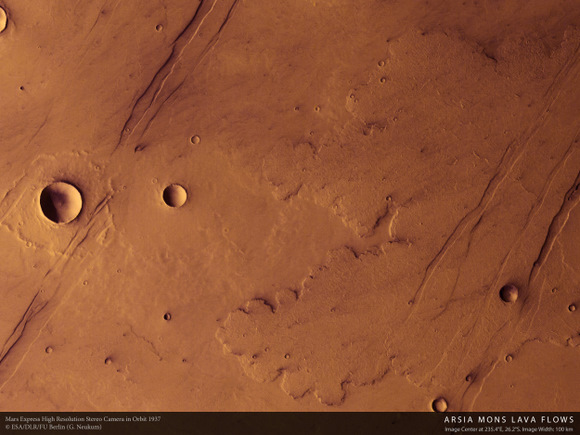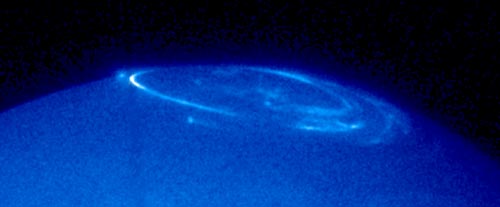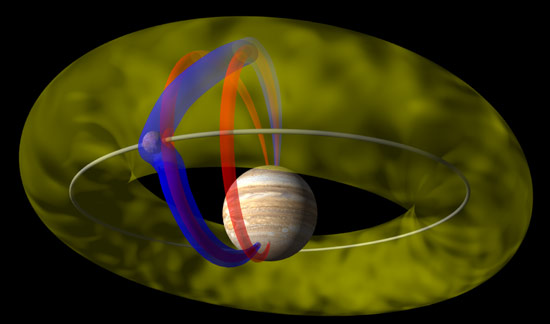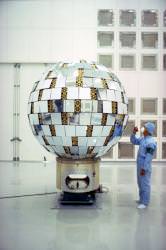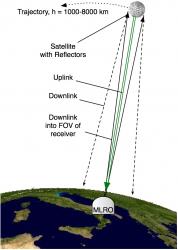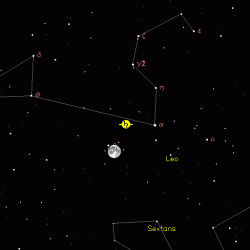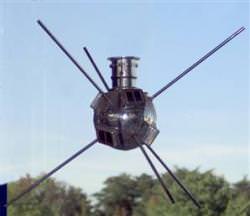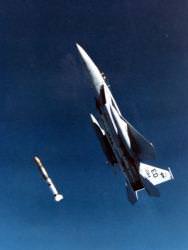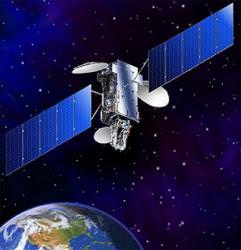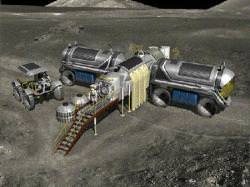Planetary geologists have a relatively simple method for calculating the age of a planet’s surface: count the number of impact craters in a region. The older the surface, the more craters there will be from meteorites that have struck the planet over the ages. Areas with fewer craters are generally interpreted as younger surfaces where other geological processes such as volcanic activity or plate tectonics, have erased the impact scars. A new analysis of impact cratering using images from the Mars Express has revealed that Mars has undergone at least five violent, global volcanic upheavals, shaping the surface of Mars we see today.
Using the High Resolution Stereo Camera (HRSC) on Mars Express, planetary scientists are learning more about Mars’ past. “We can now determine the ages of large regions and resurfacing events on the planet,” says Gerhard Neukum. Resurfacing occurs when volcanic eruptions spread lava across the planet’s surface. But unlike Earth, where resurfacing happens gradually and slowly, Mars has had a series of violent volcanic periods. This occurred more than 3.8 thousand million years ago. In between these episodes, the planet has been relatively calm.
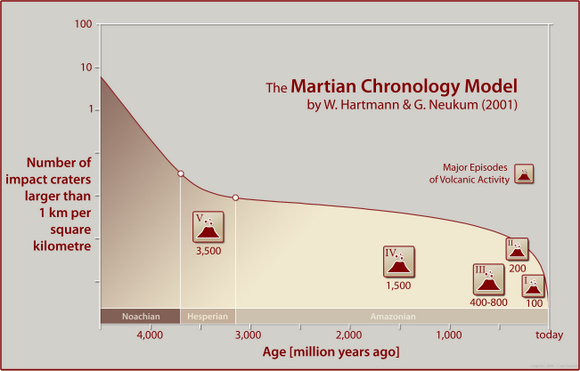
During these volcanic episodes, eruptions of lava flowed across Mars. The internal heat generated by the volcanic activity also caused water to erupt from the interior, causing wide-scale flash flooding.
Why did Mars behave like this? Geophysical computer-based models suggest that the planet has been trying to establish a system of plate tectonics, as there is on Earth where the crust is broken into slowly moving plates. On Mars, the volcanic episodes represent the planet almost, but not quite, developing plate tectonics.
We recently saw a landslide on Mars. Could we possibly see a volcanic eruption? “The interior of the planet is not cold yet, so this could happen again,” says Neukum.
Original News Source: ESA Press Release

